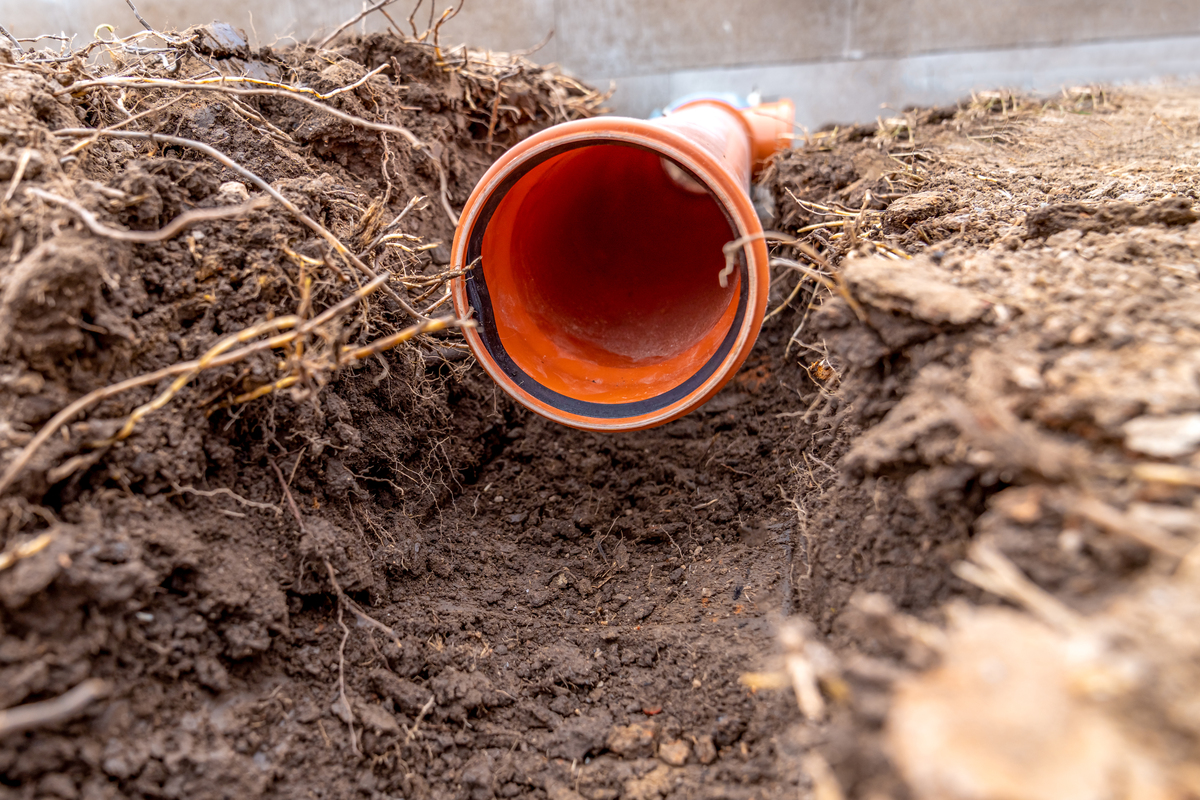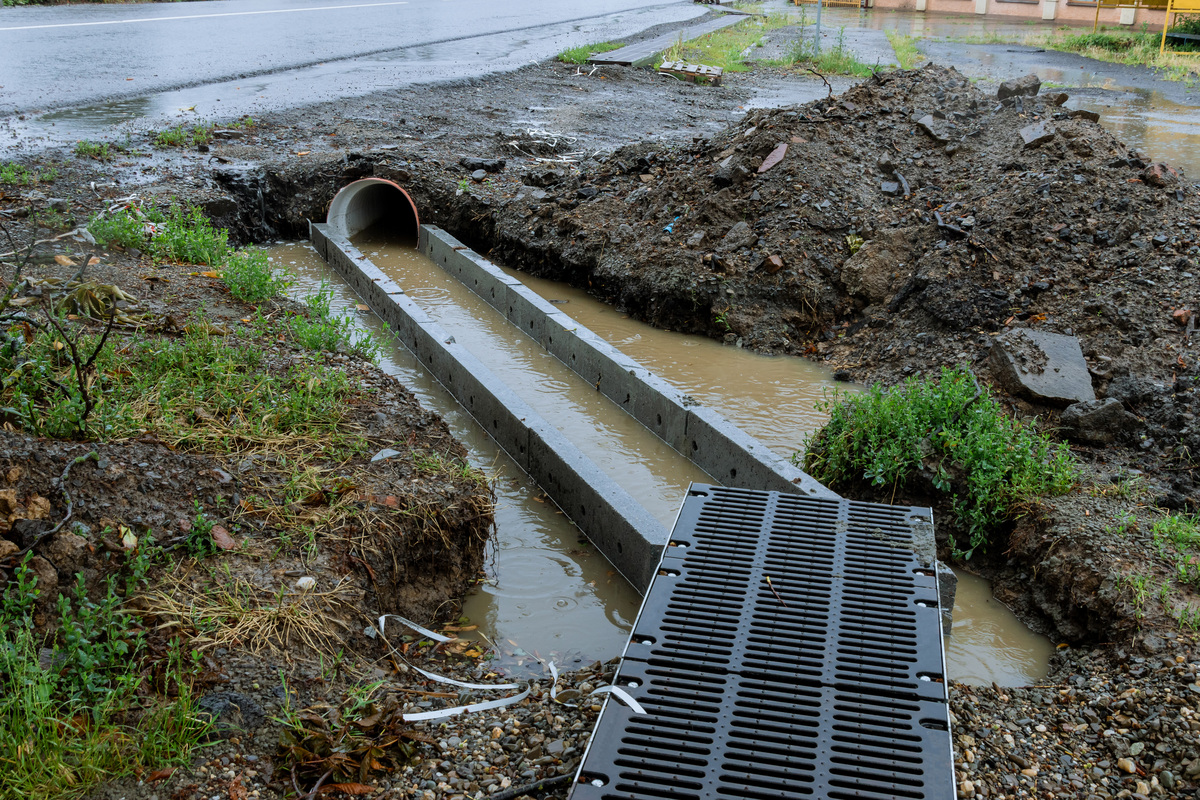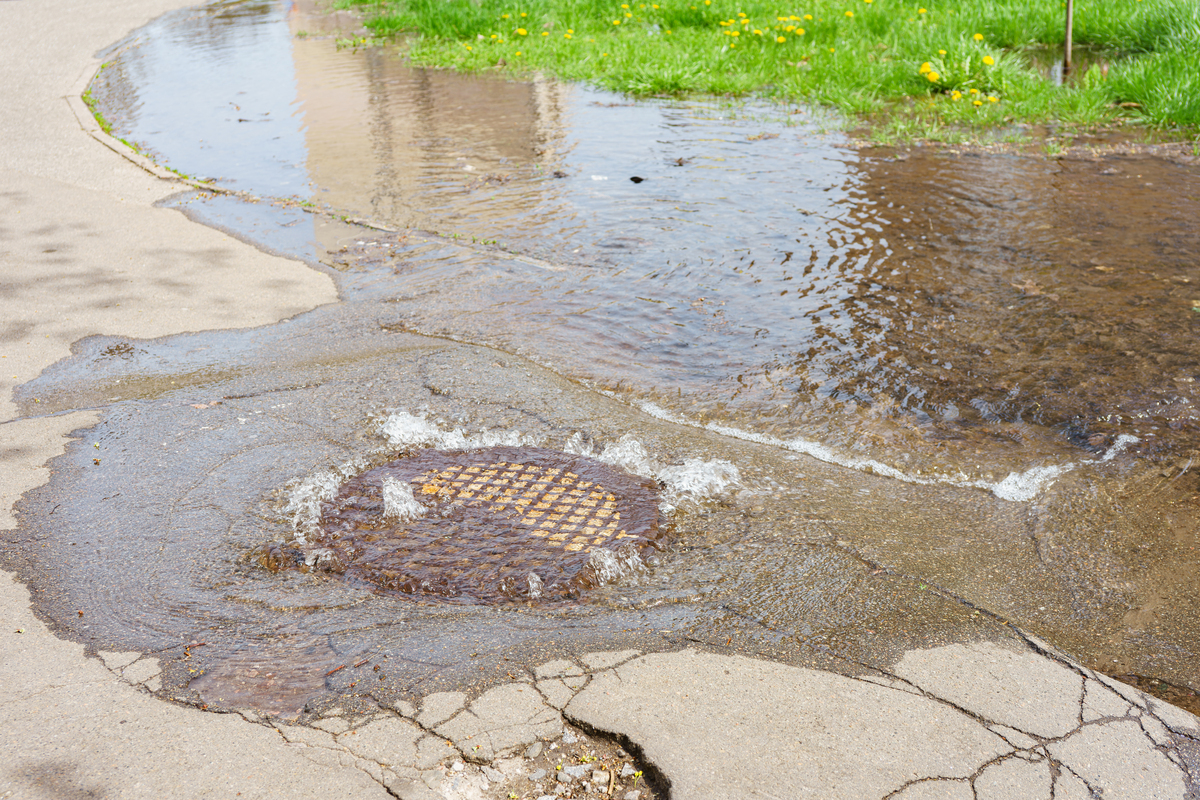Why Slopes, Grades and Drainage Should Be a Top Priority
.jpg)
It is easy to focus on the parts of a project you can see taking shape above ground. Roads, buildings, and utilities get the attention, while the groundwork that supports them often fades into the background. Yet ignoring slopes, grades, and drainage early on is one of the fastest ways to create long-term problems.
Flooded lots, eroded soil, unstable foundations, and failed inspections often start with mistakes in grading or drainage. The costs show up later, when repairs are more expensive and reputations are on the line.
The truth is that slopes, grades, and drainage are not optional details. They form the foundation that determines how every road, sidewalk, and structure will perform.
This blog explains why prioritizing these factors from the start protects budgets, safeguards compliance, and ensures developments stand the test of time.

The Hidden Costs of Neglecting Slopes, Grades, and Drainage
When site preparation is rushed or undervalued, the consequences quickly compound. Poor drainage leads to flooding and erosion. Improper grading causes uneven settlement that undermines foundations. Ignoring or miscalculating slopes creates safety risks and regulatory problems.
These issues rarely remain isolated. A drainage failure can damage landscaping, roads, and utilities. A foundation that shifts creates liability for everyone involved. The short-term savings of cutting corners are quickly erased by the cost of rework, repairs, and lost trust.
Recognizing these risks upfront is the first step toward building sites that perform reliably. The next step is understanding the role slopes and grades play in shaping every development.

Why Slopes and Grades Shape Every Development
Slopes and grades are more than numbers on a plan. They determine how water moves across the land, how structures hold their ground, and how the site complies with engineering standards.
Controlling Erosion and Runoff
One of the most immediate impacts of grading is water management. Proper grading channels runoff safely away from structures, reducing erosion and protecting nearby infrastructure. It also lessens the environmental footprint by limiting stormwater violations and sediment runoff.
Controlling water from the start keeps sites stable and compliant and gives future landscaping a better chance to thrive.
Protecting Structural Integrity
Grades also determine whether roads, sidewalks, and buildings stand strong over time. Stable slopes prevent shifting or uneven settlement that can compromise structural performance. Accurate grading ensures compliance with engineering and safety standards, reducing liability for developers and contractors alike.
Without stable grades, even the most well-built structures risk long-term failure.

The Role of Drainage in Long-Term Project Success
Grading shapes how water moves, but drainage systems provide the infrastructure to manage it over time. Poor drainage may pass initial inspections yet still fail when heavy rains or seasonal storms hit.
Preventing Flooding and Water Damage
Effective drainage directs water away from buildings, paved surfaces, and utilities. This reduces liability for property damage, keeps sites usable in all weather conditions, and protects the investment made in roads, sidewalks, and structures.
Drainage is not just about compliance. It is about creating spaces that function reliably for the people who live and work there.
Meeting Regulatory and Environmental Standards
Drainage is also a regulatory priority. Stormwater management requirements exist to minimize erosion, reduce soil loss, and protect surrounding ecosystems. Meeting or exceeding these standards demonstrates accountability and positions developers as responsible stewards of the land.
Failing to meet these requirements, on the other hand, risks fines, delays, and reputational damage.
The Payoff of Prioritizing Slopes, Grades, and Drainage
Addressing slopes, grades, and drainage with care extends the payoff far beyond the initial project timeline. Developers see fewer costly repairs, rework, and disputes. Roads, utilities, and structures perform better over the long term. Stakeholders gain confidence in the team’s ability to deliver reliable results.
Prioritizing these elements protects budgets, secures approvals, and builds a reputation for excellence. In a competitive development market, those outcomes set projects apart.
Protect Every Project with Charles H. Hamilton
At Charles H. Hamilton, we treat slopes, grades, and drainage as foundational priorities. Our expertise in precise grading and stormwater management gives developers confidence that their projects will perform long after construction is complete.
By combining technical accuracy with decades of field experience, we deliver results that safeguard compliance, reduce liability, and protect your investment.
Partner with a team that understands the importance of getting the groundwork right the first time. Reach out to us now!

